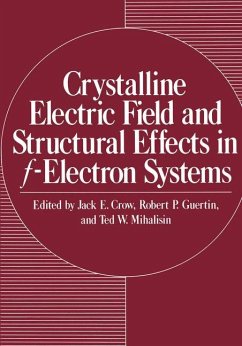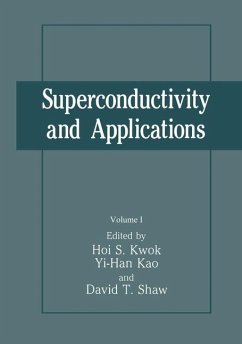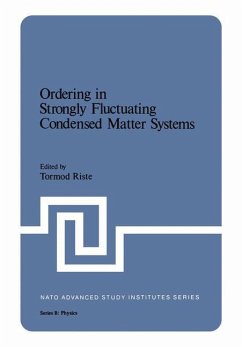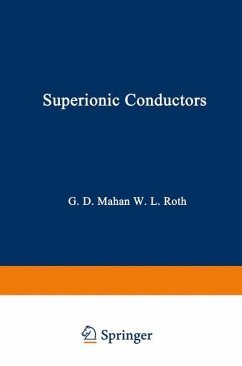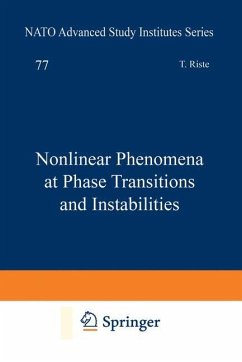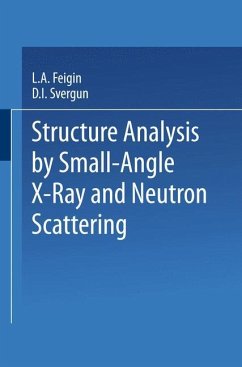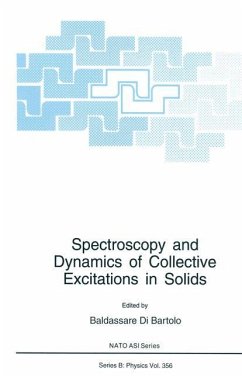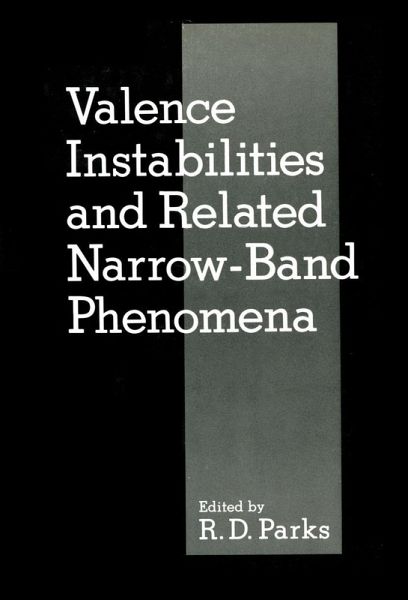
Valence Instabilities and Related Narrow-Band Phenomena

PAYBACK Punkte
39 °P sammeln!
Those well-intending workers, especially theorists, who have viewed hungrily the mixed valence problem, but have not yet made the bold leap, might be comforted to learn that the Rochester conference left the virginal state of that problem essentially intact. That is not to say that the event was prosaic. Indeed, the conferees exhibited a level of effervescence appropriate to the freshness and challenge of the problem at hand. If the meeting failed to solve major questions, it at least established several guidelines. One is that future experimental efforts, at least on a short time scale, might...
Those well-intending workers, especially theorists, who have viewed hungrily the mixed valence problem, but have not yet made the bold leap, might be comforted to learn that the Rochester conference left the virginal state of that problem essentially intact. That is not to say that the event was prosaic. Indeed, the conferees exhibited a level of effervescence appropriate to the freshness and challenge of the problem at hand. If the meeting failed to solve major questions, it at least established several guidelines. One is that future experimental efforts, at least on a short time scale, might be spent most profitably on those substances which exhibit consistent, and hence probably intrinsic, behavior from laboratory to laboratory. A recurring message, not always subtle, to the·theorists was that piecemeal approaches to the mixed valence problem, characteristic of much of the work to date, are of limited usefulness. For at the core of the problem one has a melange of boot-strapping interac tions which must be sorted out and dealt with properly. Para phrasing Phil Anderson (see Epilogue), the mixed valence problem is in the same category of problems which are failing to be done in field theory these days.





